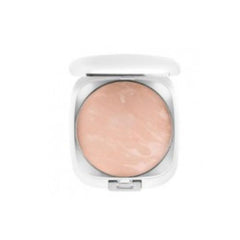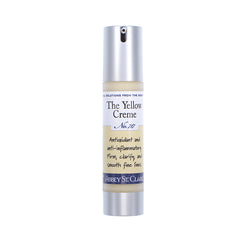Blisters
No good deed goes unpunished. Here you are being healthy, exercising, working up a sweat…and sometimes your reward is a big blister. Any repetitive motion can cause blisters. Raking, hoeing, digging, running, or walking can cause blisters. New shoes or shoes that are too tight produce blisters. Burns can blister. Walking barefoot in hot sand blisters the skin on the bottom of your feet. Trust me on this last one. Nothing stops the enjoyment of an activity faster than painful feet. Blisters range from small and bothersome to large and painful. Infection is a danger in serious cases. Blisters form as a result of friction, when the upper layers of your skin separate from lower layers and the space fills with fluid. Moisture and heat increase susceptibility. PREVENTION first. • Wear shoes that fit. What price fashion? • Wear comfortable shoes that match your activity. • Wear socks that wick moisture away from your skin. Socks should fit snugly with no bunching. NO COTTON or WOOL SOCKS, as they retain moisture. Choose synthetic fibers that move moisture outward, away from your skin. • Use an antiperspirant on your feet. Seriously. Rubbing moist skin generates higher frictional forces than rubbing dry skin.o A high school basketball player heeded his grandmother’s advice to soak his feet in a solution of potassium permanganate, which shut down his sweat glands and kept his feet dry as a bone for up to a week. No more blisters. Purple feet, yes, but no blisters. o A study, conducted at the U.S. Military Academy, found that cadets who used a strong antiperspirant on their feet at least three days before a 13 mile hike experienced only half the blisters as cadets using a placebo. Cadets used a 20-percent aluminum chlorohydrate product while most over-the-counter antiperspirants use a 10-percent solution, but the lesson is clear. Reduce moisture, reduce friction, reduce blister incidence.• At the other end of the spectrum, you can lower friction by using a skin lubricant. This allows the skin to glide, removing the antagonistic force. • Duct tape. Or athletic tape. Or white medical tape.Applying tape to susceptible areas prevents movement and friction. REMEDIES. If the blister is small, keep it clean and leave it alone, except for applying lavender oil (see below). Many over-the-counter blister bandages offer an effective cushion while nature heals. • Duct tape. Or athletic tape. Or white medical tape. It’s good relief as well as prevention . Marathon runners are known to apply tape to hot spots or blisters during runs to keep the skin taut and avoid exacerbating a blister. People who use their hands in repetitive motion, whether in landscaping, construction, or tennis, apply tape to areas that experience friction. This works. • Lavender Essential Oil. Lavender is one of the few essential oils that can be applied neat, i.e. undiluted. Make sure it is pure essential oil, not just fragrance oil. Apply a few drops several times a day, keeping the blister covered with an adhesive bandage. The fluid is reabsorbed, the skin tightens, and the blister heals—often with no break in the surface skin. • Heal, cool, calm, and soothe blisters with a frequent mist of lavender and yarrow hydrosols. Lavender cools heated skin and encourages cellular regeneration. Yarrow soothes pain and discomfort. • If the blister is painful and hot, try two unusual kitchen remedies for burns. First apply cold water or an ice compress to reduce the heat. Follow by liberally massaging the area with either soy sauce or yellow mustard. Yes, that’s right. Keep a cold compress of either soy sauce or mustard on the area until pain subsides. Apply lavender oil and bandage. • Large and painful blisters should be lanced and drained. Wash t he area thoroughly with soap and water. With a cool, sterilized needle, puncture the blister edge and gently push fluid out. Keep the skin intact as much as possible. Massage calendula cream and lavender oil into the area, and cover it with a sterile bandage. If signs of infection develop, seek medical attention.
Leave a comment
Comments will be approved before showing up.
Also in Abbey St Clare Blog

The Wheel is Turning. Abbey St. Clare has Closed.
Hello Friends,
The wheel is turning. Transitions are on the horizon. It is with regret that after almost twenty years, Abbey St. Clare is winding down as retirement and a relocation take place in the near future. We will continue taking orders through September 15.

Fix These 5 Hair-Washing Mistakes For Healthier Hair
Is your hair feeling brittle? Scalp dry? Locks not as lustrous as you want them to be? It’s possible you’re damaging your hair with five hair-washing mistakes.
If you follow these guidelines, you will see significant improvement in your hair and scalp health.

Pamper Your Skin and Elevate Your Mood With Essential Oils
Have you ever caught a whiff of cinnamon and felt a boost in your mood instantly? Do you feel calmer and more at ease when using lavender lotion before bed? If you said yes, it’s not just a figment of your imagination!
Ask anybody who uses essential oils regularly, and they’ll probably agree: these natural botanicals can have powerful, positive effects on your mood and overall wellness.


